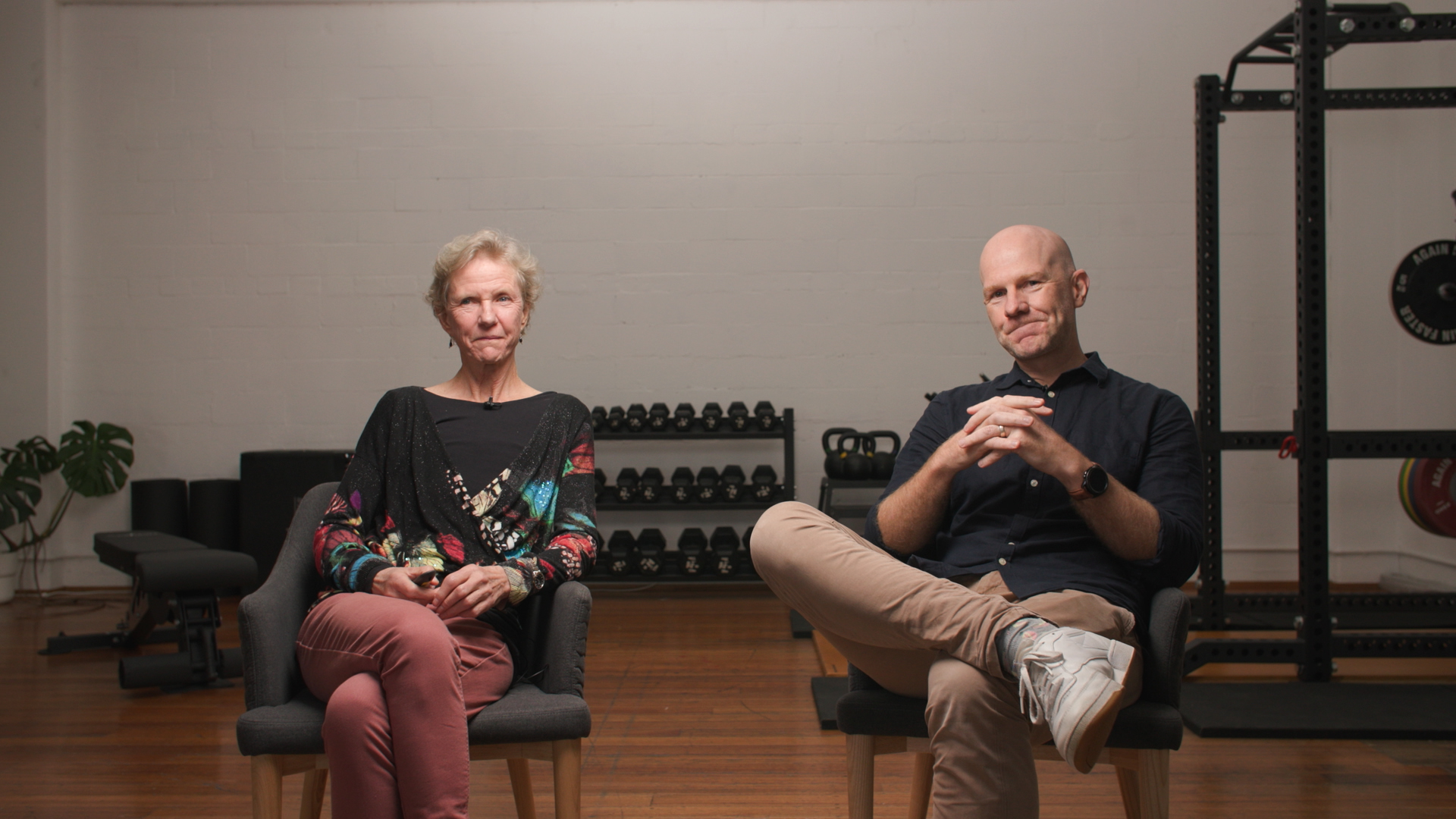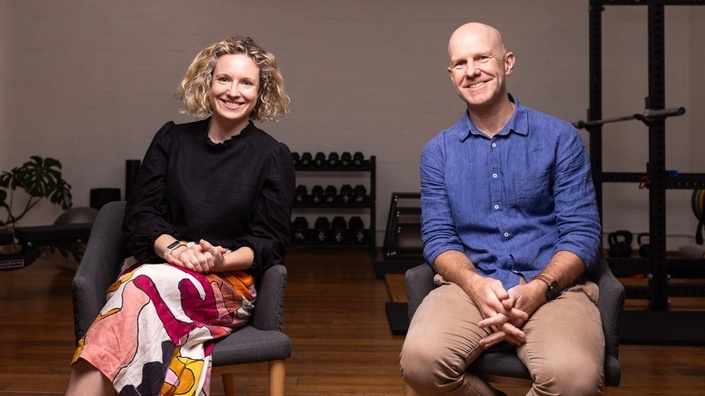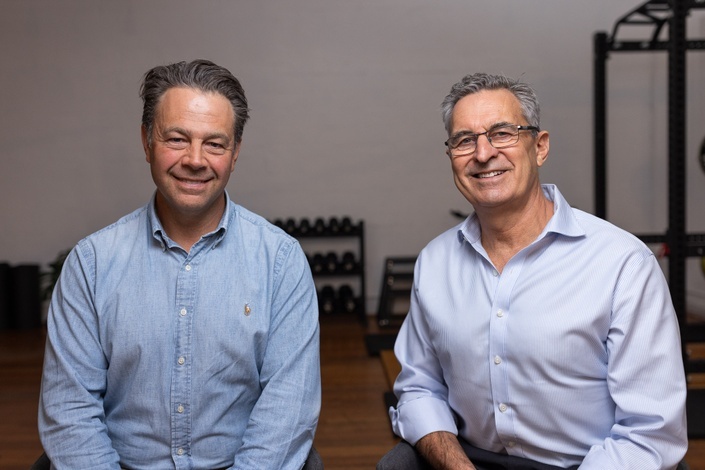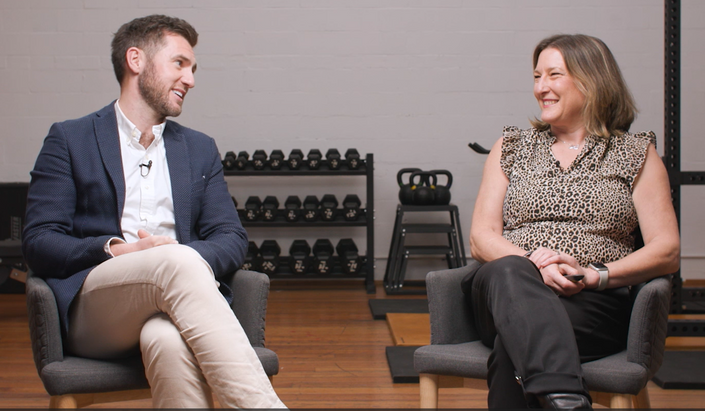Free Preview
Enjoy this sneak peak of Jill Cook going through a progressive loading assessment.
Learning Objectives
- Develop an up-to-date understanding of tendon pathology including pathogenesis, risk factors, hallmarks of tendon pain and different clinical presentations.
- Understand the principles of tendon loading including types of tendon loading and how certain loading profiles lead to pain/pathology in different tendons.
- Develop competency in performing a comprehensive subjective assessment with knowledge to differentiate between tendon pain and other sources of pain.
- Learn how to perform an objective assessment to further guide differential diagnosis.
- Understand the principles of managing tendinopathy including stages of rehabilitation and guiding the return to sport stage.
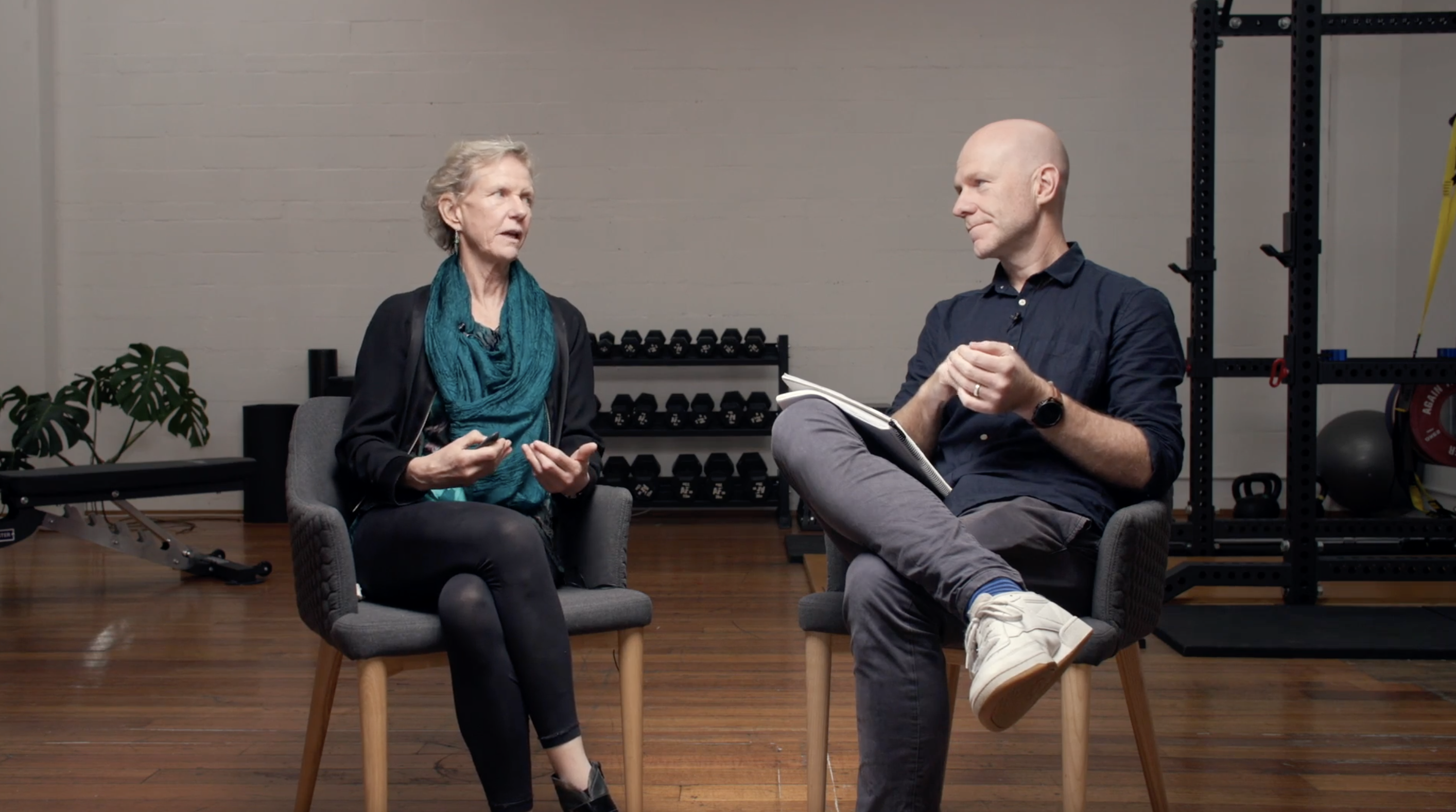
Tendon Pathology & Pain
Learn the fundamentals about tendon pathology & pain to boost your clinical reasoning, assessment and management skills.
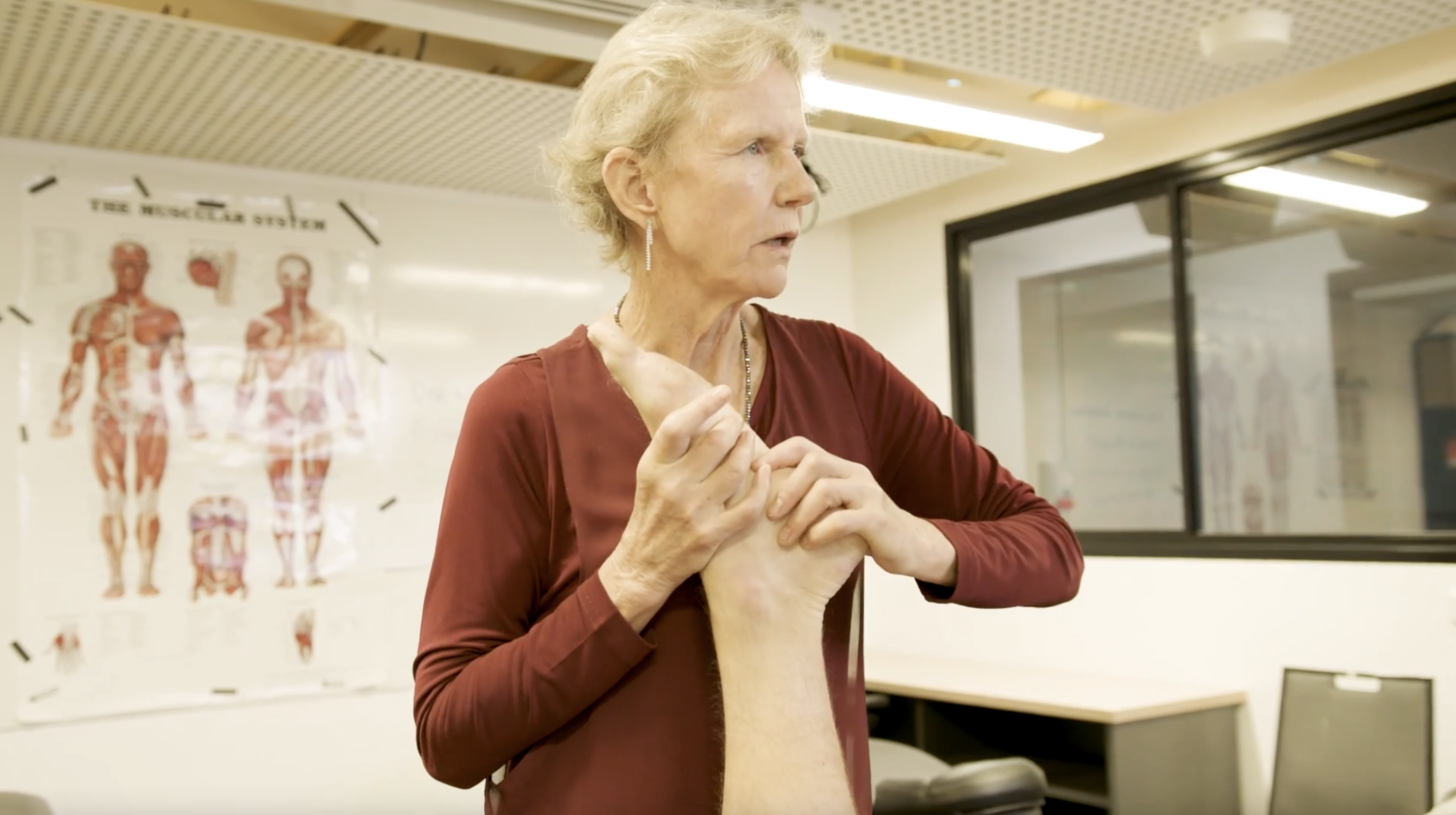
Assessment & Diagnosis
Know what to look for in your assessments and become better at filtering through differential diagnoses.
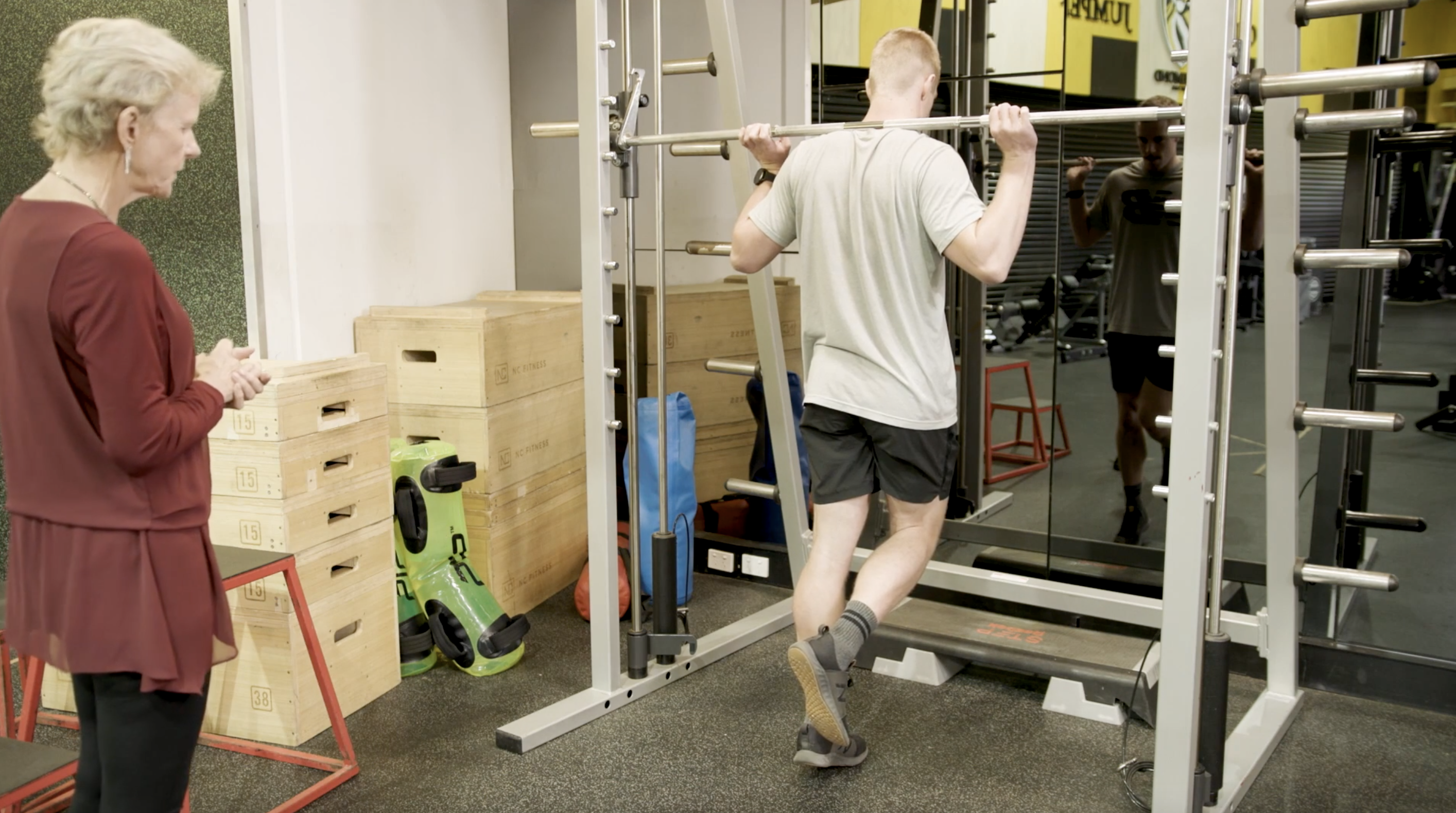
Management
Jill takes you through how to manage tendon pain and each stage of the rehabilitation journey.
Professor Jill Cook
PhD
Jill Cook is a physiotherapist and Professor in Musculoskeletal Health in the LaTrobe Sport and Exercise Medicine Research Centre at LaTrobe University in Melbourne, Australia. Jill's research areas include sports medicine and tendon injury. After completing her PhD in 2000, she has investigated tendon pathology, treatment options and risk factors for tendon injury.
Jill is a widely respected figure in sports medicine, particularly in the field of tendon injuries and pain. Her research has significantly influenced our current understanding and management of tendon pain.

Course Curriculum
- Tendon response to unloading and loading (14:05)
- Types of tendon loads (18:29)
- Managing excess energy storage/release loads (3:06)
- Bone-tendon junction and compressive loading (21:40)
- Friction loads (6:51)
- Can multiple loads occur in one tendon? (5:29)
- Monitoring overload (5:01)
- Response to load (9:54)
- Location of pain (8:01)
- Hallmark features and load-dependent pain (9:30)
- Other factors to consider (25:13)
- Subjective assessment (20:57)
- What to look for in the objective assessment (15:33)
- Progressive loading assessment and alternative diagnoses (12:13)
- Physical examination (7:52)
- Severity, palpation and other diagnostic aids (5:33)
- Common mis-diagnoses and other conditons to consider (7:58)
